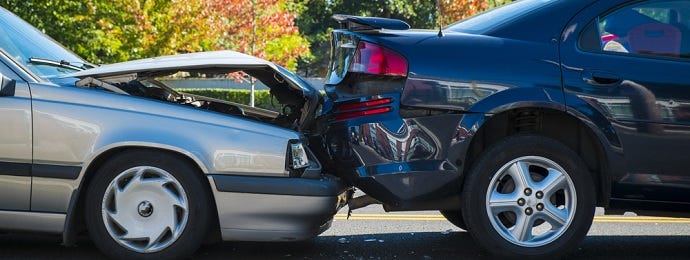Florida is known for its sunshine. Ironically, it’s also known for its rainy weather. And with spring here and summer aka hurricane season soon to come, rain will be quite common. When the roads are wet, your chance of being involved in an accident increases. This is due to the decreased visibility and how the roads become more slippery when they are wet. Hydroplaning also becomes an issue when there is heavy rain — a common occurrence in Florida.
The Federal Highway Administration cited wet pavement as a contributing factor in 73 percent of the weather-related crashes that were reported from 2004 to 2013. Wet pavement can be making normal driving maneuvers more difficult. This is why drivers need to adjust how they drive according to the weather and other factors in their driving environment, such as the tine of the day and the traffic patterns.
According to Kanner & Pintaluga Review, many car accidents that occur during rainy weather are due to drivers’ failure to adjust to the conditions.
Some examples of specific ways drivers put themselves and others at risk or being involved in collisions during rainstorms include:
- Following other cars too closely
- Using cruise control
- Failure to slow down
- Taking turns too sharply
- Not responding to skid
- Not using headlights
- Driving with worn-out windshield
The main thing you can do to protect yourself and others when driving in the rain is adjusting how you drive according to the current weather conditions.
Originally published at kpattorney.com









0 comments:
Post a Comment